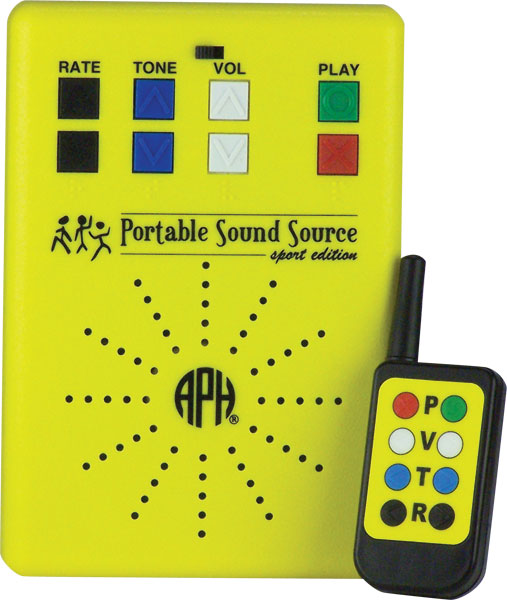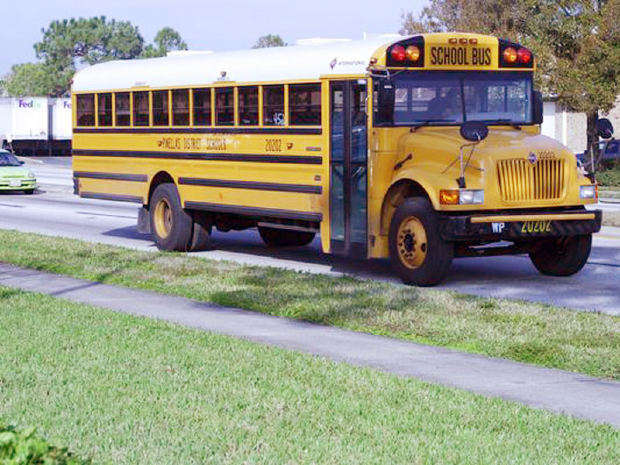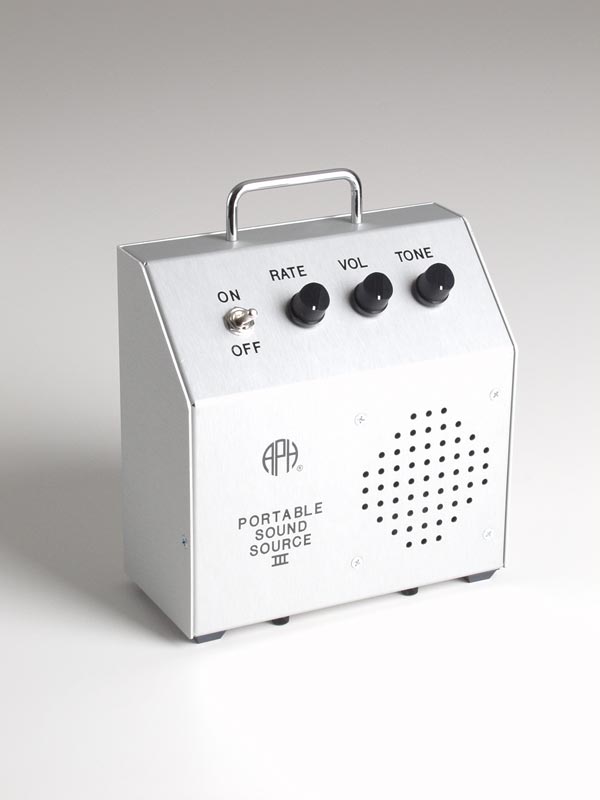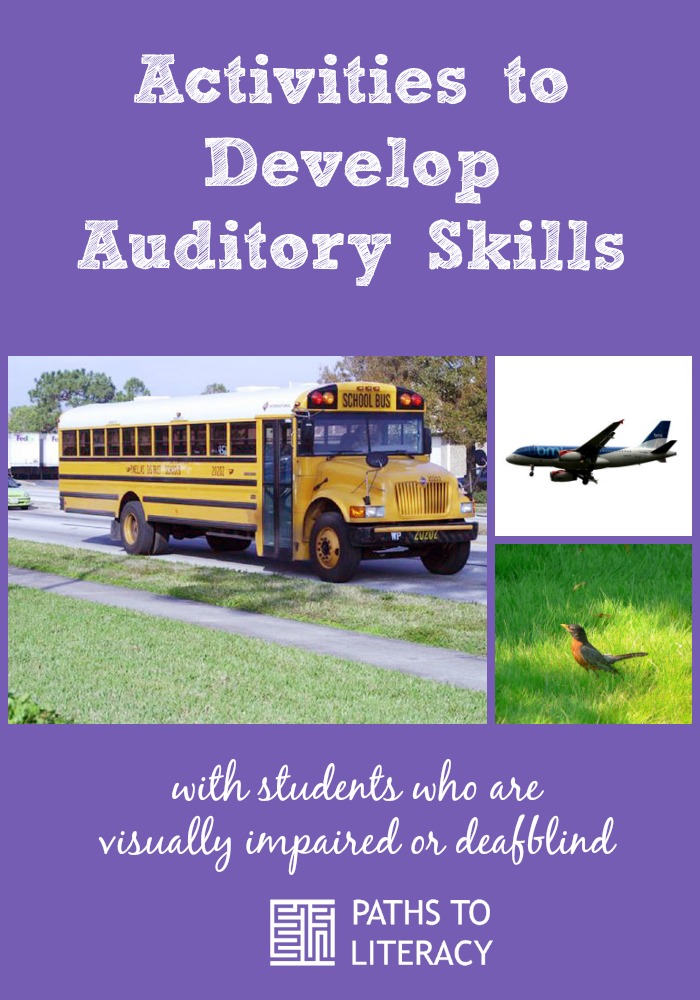Activities to Develop Auditory Skills
Submitted by Chris Tabb on Apr 08, 2016

These activities will be most easily accessed by learners who are utilizing auditory information as their primary sensory input. Having the learner with residual vision use occluders, or simply asking the learner to close their eyes for each activity, will help to highlight the auditory components of the activity.
Distinguishing Sound Sources
- There are many online sites that allow “sound effects” to be downloaded. These include footsteps, airplanes, helicopters, emergency vehicles, etc.; you can find just about any sound you would hear in the natural environment. Auditory training might include becoming familiar with what these sounds actually are. Can a learner discern the difference between the rhythmic tapping of a pen tapping the table from the rhythmic pattern of foot steps, or even rain drops into a puddle. These sounds, like visual information, may have to be taught more deliberately, through explicit instruction. You can also use a smart phone to record sounds in the environment that can be saved as mp3 or wav files and shared with the learner so they can practice identifying them.


- This strategy is as much for developing auditory skills as it is for evaluating them. Go on a “Sensory Adventure” to observe what the student is able to detect or respond to. This could be done in any setting and you can preplan some sound sources that will either be triggered by you (e.g. a wireless doorbell, noise making toy attached to a motion sensor) or having someone else that can assist with creating the noises while you attend to observing the learner for signs of detecting/alerting to the auditory information and the conditions at that time (i.e. distance from sound source, presence of competing auditory information, etc.). With learners who are able to communicate through formal language, you can “Adventure” into other areas and ask that the learner “sense aloud” and share with you what they are picking up on through the auditory channel. This may include some spontaneous reporting as well as some prompted reporting. You may notice a sound the learner has not mentioned and you may need to use effective questioning techniques to prompt them to report whether they detected the sound(s) you noticed but they had not reported. Specific examples of sound sources/types to look at for “Detection” include sound like:
-
Parent or caregiver’s voice

- Music
- School bell
- Door opening/closing
- Toilet flush
- Birds chirping
- Car engine starting
- Car horn
- Car driving by
- Airplane passing overhead
- Toys
Recognizing Sound Shadows
- With a constant sound source, have the learner sit in a chair while attending to the sound. While the learner attends to the constant sound source, place a large sheet of cardboard or foam core board between the student and the sound source. Begin with the board being present or not present between the learner and the sound source until the they can identify the presence or absence of board. Then walk with the board so that the audio landscape has a more dynamic change until the learner can identify the obstruction passing between them and the sound source.
- Find a large vehicle (e.g. mini-van, van, large truck, etc.) and have the learner stand on the sidewalk with the parked vehicle immediately between them and the street. Ask the learner to listen as cars approach and pass the parked vehicle. Then, ask them to listen to listen to the passing traffic with the parked vehicle nearby but not immediately between them and the street. After they are able to discern the difference, have them walk along the side walk as cars are driving in the parallel street and they must walk by the parked vehicle, so that they have the dynamic experience of the sound shadow as they travel.

Recognizing Sound Masking
- Working with two radios playing different types of music or sounds, adjust the volume so that both are approximately at equal levels. Ask the learner to sit in a location/position that allows them to hear both radios equally. Have the learner increase the volume of one of the radios until the sound overpowers the other radio’s sound.
- Bring folding chairs to an intersection and have the learner listen to idling vehicles at the intersection. Ask the learner to continue trying to listen for the idling cars as another lane receives the green ball/light from the signal and their surge is heard. Ask if the learner was still able to hear the idling cars or if the sound of the surge washed out/masked the quieter sound of the idling vehicles.
Localizing Sounds

- Beginning in quiet room or an area where you have some control over the environment to ensure that you will be able to keep your sound cue as the only auditory input, keep a constant sound source playing sound as you walkaround the learner in a larger circle. Have the learner point to you/the sound source and continue to track you as you circumnavigate around them, going completely around in both directions.
- Place a sound source a good distance from the learner and have them point to where they hear the sound source and then ask them to walk to it.
These activities can be used as part of an Orientation and Mobility lesson or to give students who are blind, visually impaired or deafblind practice with auditory discrimnation and developing other auditory skills.

